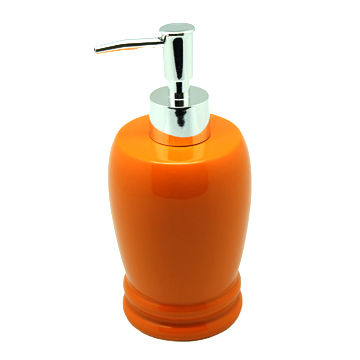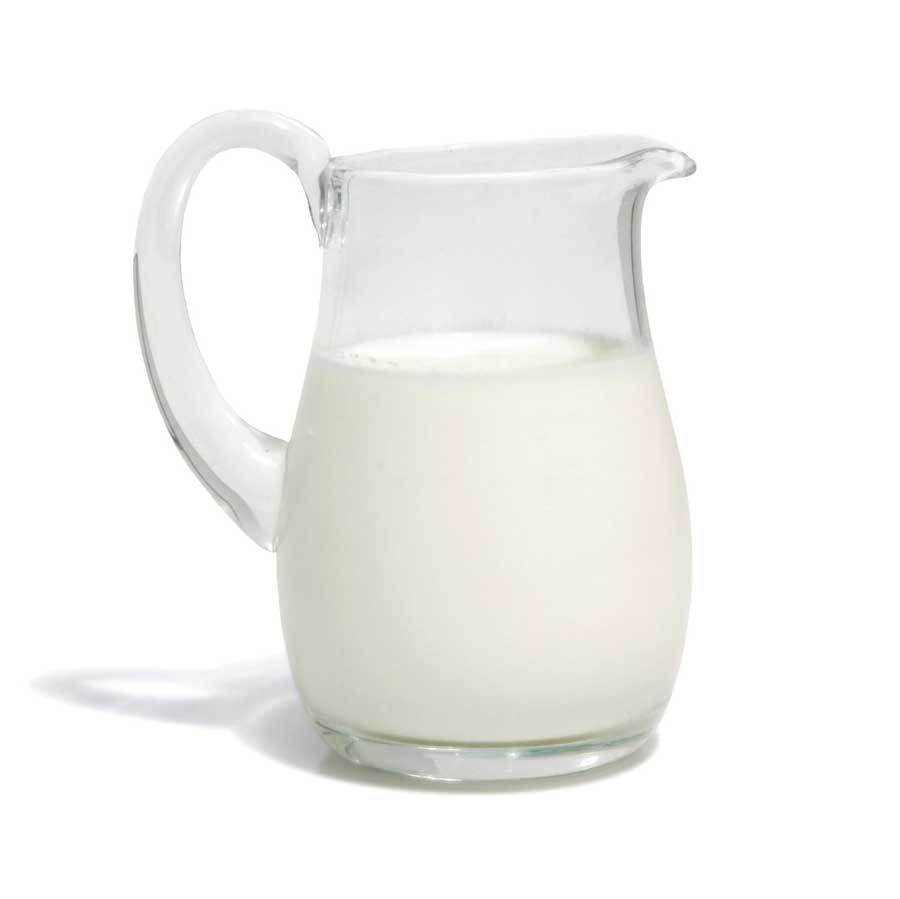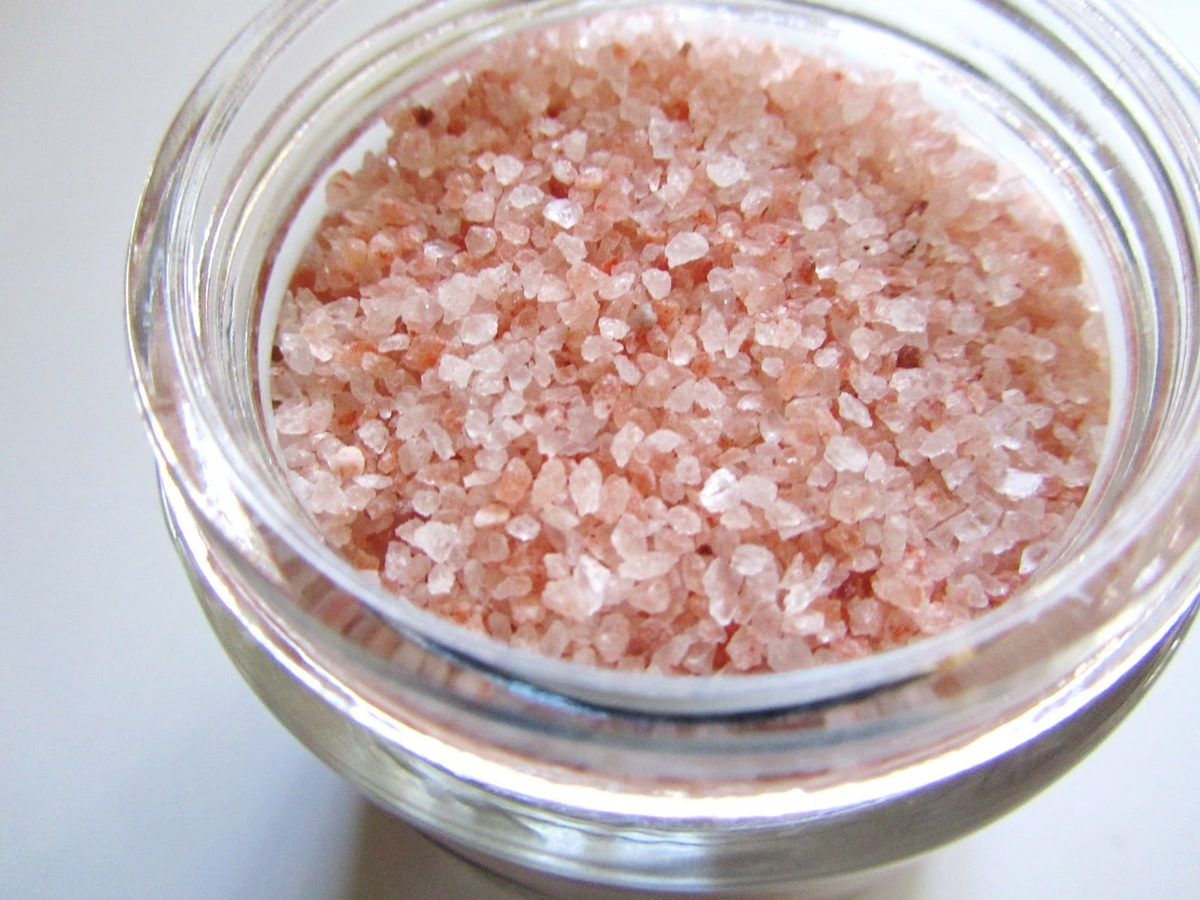I am sure many of you are wondering what super fating is and why we are even talking about it. Let me give you a little soap making history.  Traditionally soap was made from animal fat and lye, very much like we make ours today. The biggest difference was in the type of lye and the amount of fat being used. Traditional lye was made from the ashes from a fire and water. The ash was put into a tub of water and left to sit. After the ash was filtered out this left you with a lye water of sorts. The lye water was then added to fat to make the soap. The problem was it was difficult to measure the amount of lye in the water and soapers could end up with a bar that would burn skin. Today soapers can purchase lye specifically for making soap. It has a known and measurable amount of lye and when combined with a digital scale ensures that you get a safe bar of soap every time.
Traditionally soap was made from animal fat and lye, very much like we make ours today. The biggest difference was in the type of lye and the amount of fat being used. Traditional lye was made from the ashes from a fire and water. The ash was put into a tub of water and left to sit. After the ash was filtered out this left you with a lye water of sorts. The lye water was then added to fat to make the soap. The problem was it was difficult to measure the amount of lye in the water and soapers could end up with a bar that would burn skin. Today soapers can purchase lye specifically for making soap. It has a known and measurable amount of lye and when combined with a digital scale ensures that you get a safe bar of soap every time.  This is where super fating comes in. Super fating creates a user error buffer. Soap recipes today are created to have 5% to 10% more fat than they need just to make sure that the bar has no chance to burn someones skin. It also ensures that there is just enough extra oils to moisturize your skin. Super fating and high quality fats and oils are one of the reasons Little Red Hen’s soaps are so great for your skin.
This is where super fating comes in. Super fating creates a user error buffer. Soap recipes today are created to have 5% to 10% more fat than they need just to make sure that the bar has no chance to burn someones skin. It also ensures that there is just enough extra oils to moisturize your skin. Super fating and high quality fats and oils are one of the reasons Little Red Hen’s soaps are so great for your skin.
Year: 2016
Maisha Africa
I am so pleased to introduce you to Maisha Africa. This is the organization that much of our fundraising is for. I met their director, Praise, several years ago on my first trip to Africa. I was so impressed with her life story and her passion for the orphan that I knew I wanted to be a part of what she was doing. I am thrilled to be a part of helping her with her life’s work.
Maisha means Life! What could be better than bring life and living life with those who are vulnerable?

This is what Maisha has to say about themselves.
” We walk alongside children and youth so that they can achieve their full potential. We do this by impacting their lives, families and communities.
We care for orphans and vulnerable children, provide education and invest into holistic community development and family strengthening in order to prevent orphans and give children hope and a future.
All projects serve our goal of children growing up in loving, stable homes, receiving a good education and medical care. This will enable the children to positively impact their country when they grow up. At the same time, we endeavour to change the children’s environment by investing into their lives, families and communities. “
Our hope is to help Maisha Africa start a piggery. This will allow them to become sustainable. By purchasing your soap needs from Little Red Hen Soap you can be a part of making this a reality. Thank you for partnering with us.
*A few of our soaps are custom made for adoptions and other fundraisers and are not part of the Maisha Africa fundraiser. These soaps are clearly marked.
DIY Hand Soap, No more antibacterial soap

We quit using antibacterial hand soaps in our house awhile back. I am just not comfortable with many of the toxic ingredients in them. (WellnessMama has a great article on it here. Here is another by Huffington Post.) We tried using bar soap in the guest bathroom but with so many people using it it stayed wet and became goopy. We have been using store bought “natural” liquid hand soap until recently. Several of our soap customers have come to me saying they made a liquid hand soap using our bar soap. I thought I would share a recipe for homemade liquid hand soap with you. This recipe is simple and easy to do.
You can use any of our regular soaps. Although one of our customers made it out of the Clear Night Acne Soap because she felt that it would have a little more “umph” on killing germs during cold season.
What you’ll need:
1 oz of finely grated bar soap
1 quart of distilled or filtered water
1 soap dispenser (here is a great way to reuse one)
Directions:
Place the grated bar soap and the water in a sauce pan.
Turn the heat to medium and stir until the soap has dissolved.
Let this cool completely before pouring into your soap dispenser.
This soap will be thinner than normal store bought soap. You could add more soap but it can clog your soap pump.
The basis for this recipe comes from Wellness Mama, love her stuff.
The Leist Family

Our beautiful family has chosen to withdraw from their adoption. It was a painful decision and not one made lightly. Our prayers are with them as they move forward.
I wanted to give you a little background on the family we are helping. This beautiful family has been in process since 2013 to bring their children home. They have had adoption losses, been swindled out of their money and had their children’s birth country halt adoptions. It’s been a long and expensive road. The Congo has begun allowing adoptions and the Leist family wants to be ready when it’s their turn.
Every purchase from Little Red Hen will help them fund their adoption. With 100% of the profits going towards the costs, this can make a significant difference.
If you would like to donate directly you can do so on their Go Fund Me page or by sending a check to
Laurel Valley Baptist Church
C/O Leist Adoption
8070 Stoutsville Pike
Circleville, OH 43113
Milk, it’s not just a drink

Great skin starts on the inside but milk soap will help you nourish your skin while you bathe. Using milk in skin care products isn’t new and that is one of the reasons we want to offer it in our products. Ingredients that have stood the test of time usually have proven reasons behind them. The pH of milk soap is very close to the natural pH of human skin. This means we can make a product that nourishes your skin without the use of chemicals and toxins. Typically even people with sensitive skin and eczema find a milk soap to be gentle enough for their skin.
All animal milk contains lactic acid. Commercial chemical peels often contain large concentrations of lactic acid. The amount of lactic acid in soap is just enough to very gently exfoliate dead skin. This gentle exfoliation leave the skin looking healthy.
Milk naturally contains milk fat, triglycerides and vitamins and minerals when it’s used in soap it helps to moisturize the skin. Milk also contains natural glycerin, another effective moisturizer, which is often removed by commercial soap manufacturers. (They can sell the glycerin as a separate product.)
Our raw milk comes from organic, grass-fed cows. The beauty of raw whole milk is that it contains all of it’s wholesome goodness with none of it removed. Grass-fed cows produce a milk higher in all of the vitamins, minerals and fats that we need with out any of the “icky” stuff. It allows us to make a high end final product.
Why Salt Soap?

Sea salt has been used for generations for it’s healing properties. Salt is textured and makes a great scrub. These bars are gently exfoliating. Because of it’s ability to draw toxins out of the body it is very healing for the skin. In a soap bar the salt makes a rock hard bar that lasts almost twice as long.  Over time the bar becomes slick and the lather is lotion like. Sea salt, unlike typical table salt, does not go through a lot of processing so it retains the minerals. The pretty pinks you see in the salt are the minerals. Your skin is able to absorb those minerals providing yet another benefit. If you have never tried salt soap you and your skin are in for a real treat.
Over time the bar becomes slick and the lather is lotion like. Sea salt, unlike typical table salt, does not go through a lot of processing so it retains the minerals. The pretty pinks you see in the salt are the minerals. Your skin is able to absorb those minerals providing yet another benefit. If you have never tried salt soap you and your skin are in for a real treat.